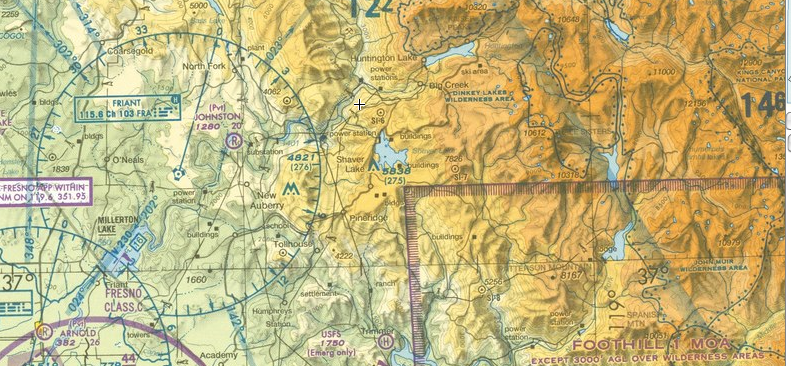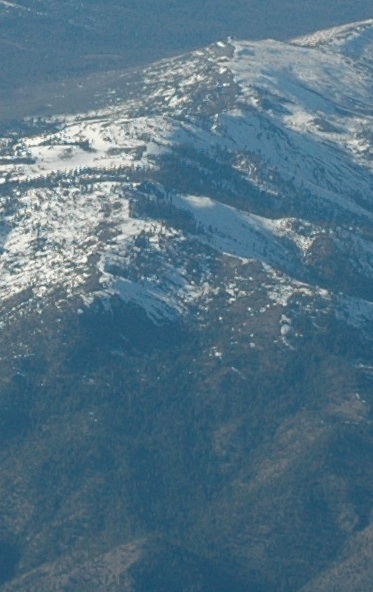
Pilots make mistakes, and some mistakes are fatal. The Nall report, the most comprehensive study of general aviation accident trends, highlights areas of concern, one of the most dangerous for VFR pilots is VFR into IMC;
quite simply, a pilot flying by reference to outside visual cues flew into low visibility conditions and lost control of the aircraft or hit terrain
I've heard and read lots of articles, web postings, and emails about VFR into IMC most responses can be summed up in two general thoughts.
- Pilots fly into clouds when they're not certified to do so and crash. That's dumb, what a hotdog, if you're a VFR pilot you know not to go into a cloud, those folks were foolhardy and took a risk when they knew better!
- Poor pilot, the weather must have changed in nearly an instant and s/he was caught unaware!
Both assumptions are overly simplistic and misleading, of course. They say that either the pilots made huge errors of judgment, or they were helpless and caught unaware. Certainly those can be true, and many of the tales reported by those who survived a VFR into IMC incident seem harrowing and tension filled, a dark night and a hidden cloud, a sudden thunderstorm, and much drama.
The drama distracts and detracts from the message each VMC into IMC incident can teach; Emergencies don't happen only in dramatic circumstances. Sure, when the cumulous start building, or when the Sun touched the horizon we get keyed up and prepared for the worst. But don't be complacent about the day to day business of flying. Never Agains are exciting, but they don't teach.
The pilots caught in VFR into IMC are probably not either overconfident or trapped in a helpless situation. They are probably just like you, competent, careful, pilots. They didn't plan on doing what they did. And many of us have been there without becoming a statistic.

